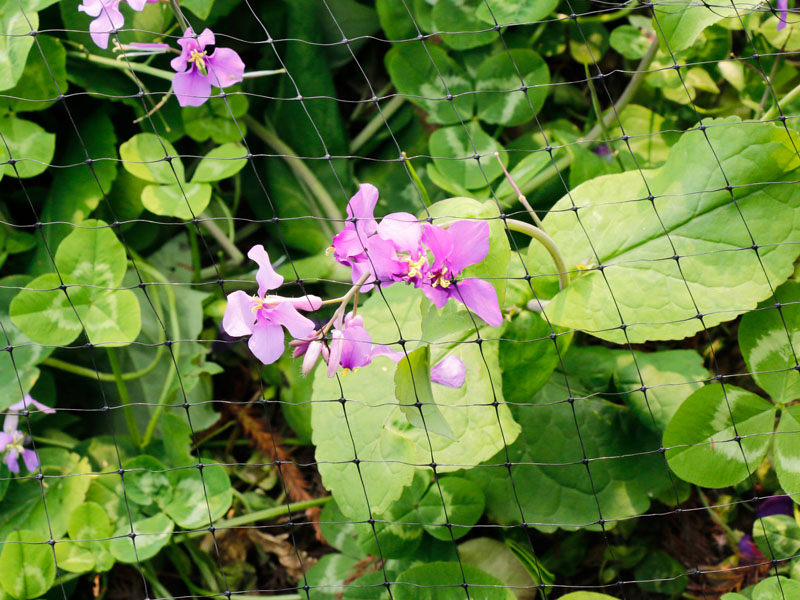Crop protective netting, also known as crop covers or c […]
Crop protective netting, also known as crop covers or crop protection netting, serves multiple purposes in weed management within agricultural contexts:
Physical Barrier: Crop netting acts as a physical barrier, preventing weed seeds from reaching the soil where they could germinate and compete with crops for nutrients, water, and sunlight. By blocking sunlight and reducing access to soil, netting inhibits weed growth and establishment.
Prevention of Seed Dispersal: In addition to blocking weed seeds from reaching the soil, protective netting also prevents mature weed plants from dispersing seeds into the agricultural field. This helps in reducing the weed seed bank within the soil, thus decreasing future weed infestations.
Reduction of Herbicide Dependency: The use of crop netting can complement weed control strategies, such as herbicide applications, by reducing the reliance on chemical interventions. With fewer weeds present in the field due to the barrier effect of netting, farmers may need to apply fewer herbicides, thereby minimizing environmental impact and potential herbicide resistance in weed populations.
Microclimate Modification: Some crop netting materials can alter the microclimate around crops by moderating temperature, humidity, and light intensity. These modifications may influence weed growth, favoring the growth of crops while inhibiting weed development.
Protection from Physical Damage: In addition to weed management benefits, crop protective netting can also safeguard crops from physical damage caused by environmental factors such as wind, hail, or pests. By providing a protective barrier, netting helps maintain crop quality and yield potential.
Integrated Pest Management (IPM): Crop netting is often used as part of an integrated pest management approach, which combines various strategies to minimize pest and weed damage while reducing reliance on chemical inputs. By incorporating netting into an IPM program, farmers can enhance overall weed control effectiveness while promoting sustainable agricultural practices.
Crop protective netting plays a significant role in weed management by acting as a physical barrier to weed establishment, preventing seed dispersal, reducing herbicide dependency, modifying microclimates, protecting crops from physical damage, and supporting integrated pest management practices. Integrating netting into agricultural systems can contribute to more sustainable and environmentally friendly weed control strategies.



 WhatsApp:+8613626888261
WhatsApp:+8613626888261